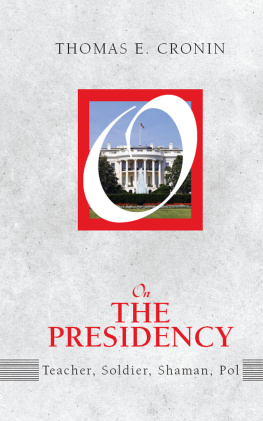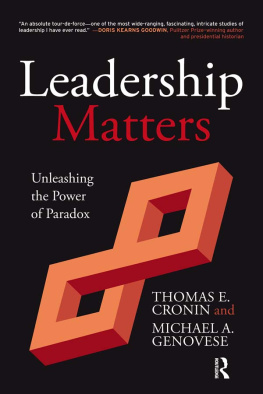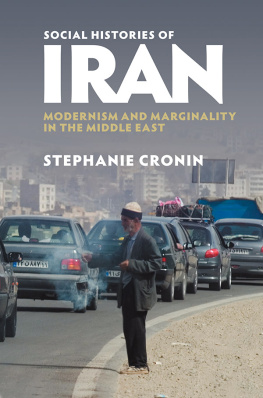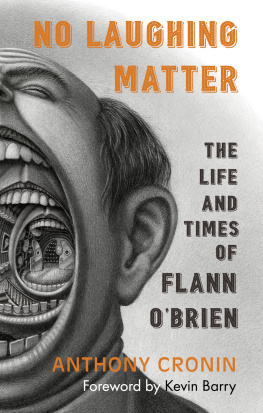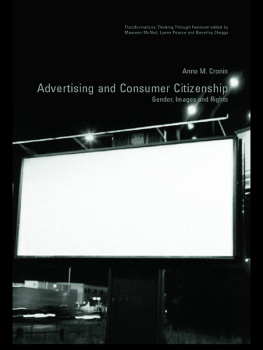
Advertising Myths
Seen as corrupting a mythically pure relationship between people and things, advertising consistently attracts social censure. In Advertising Myths, Anne M. Cronin argues that it is better understood as a matrix of transformation that performs divisions in the social order and frames classificatory regimes. This classifying function is evident not only in the standard taxonomies of taste and social distinction, but also in the making and remaking of conceptual distinctions between humans and the material world, consumers and commodities. Focusing on consumption controversies, Cronin contends that advertising is constituted by circuits of belief that flow between practitioners, clients, regulators, consumers and academics. Controversies, such as those over tobacco and alcohol advertising, distil these beliefs and articulate with programmes of social engineering aimed at altering consumption patterns. This book will be essential reading for students and academics of advertising and consumption.
Anne M. Cronin is a lecturer in the Sociology Department and at the Institute for Cultural Research at Lancaster University. She has also published Advertising and Consumer Citizenship: Gender, Images and Rights (Routledge).
INTERNATIONAL LIBRARY OF SOCIOLOGY
Founded by Karl Mannheim
Editor: John Urry
Lancaster University
Advertising Myths
The strange half-lives of images and commodities
Anne M. Cronin
First published 2004
by Routledge
2 Park Square, Milton Park, Abingdon, Oxon, OX14 4RN
Simultaneously published in the USA and Canada
by Routledge
270 Madison Ave, New York NY 10016
Routledge is an imprint of the Taylor & Francis Group
Transferred to Digital Printing 2005
2004 Anne M. Cronin
Typeset in Times by Keystroke, Jacaranda Lodge, Wolverhampton
All rights reserved. No part of this book may be reprinted or reproduced or utilized in any form or by any electronic, mechanical, or other means, now known or hereafter invented, including photocopying and recording, or in any information storage or retrieval system, without permission in writing from the publishers.
British Library Cataloguing in Publication Data
A catalogue record for this book is available from the British Library
Library of Congress Cataloging in Publication Data
Cronin, Anne M., 1967
Advertising myths: the strange half-lives of images and commodities/
Anne M. Cronin.
p. cm. (International library of sociology)
Includes bibliographical references and index.
1. AdvertisingSocial aspects. 2. Consumer behaviour.
3. Consumption (Economics)Social aspects. I. Title. II. Series.
HF5821.C76 2004
659.1042dc21
2003010028
ISBN 0415281733 (hbk)
ISBN 0415281741 (pbk)
Contents
Figures
Acknowledgements
Many people have helped me in writing this book and I am very grateful for all their contributions. First and foremost, I would like to thank Claudia Casteada and Imogen Tyler who offered support, intellectual commentary, and helped me see the wood for the trees in some of the trickier moments.
Many people at Lancaster University have contributed to the development of my ideas and provided practical support in reading drafts and grant applications but I would particularly like to thank Anne-Marie Fortier, Adrian Mackenzie, Jackie Stacey and John Urry. I have had many interesting discussions with Kevin Hetherington and Mimi Sheller about consumption and with Tim Hickman about the controveries over drugs and their consumption. Jane Kilby and Alan Warde read some wobbly drafts for me and provided invaluable comments. My thanks to all these.
Thanks also to Janine Grenfell and Beryl Vernon who supplied a lot of laughs as well as practical support, and to Damien Cashman for helping me with some technological queries. Thanks to all the advertising practitioners who agreed to be interviewed, and also to Geoff Russell of the Institute for Practitioners in Advertising, Claire Forbes of the Advertising Standards Authority and Tim Ambler of the London Business School.
I would also like to thank all the companies who kindly granted me permission to reproduce their images: Adbusters (http://adbusters.org), Gallaher Limited, the Guardian, Gucci, Imperial Tobacco Limited, Nike, V&S Vin & Sprit AB. I am also grateful to the World Health Organization and the artists Wim Delvoye, Komar and Melamid, and Lisa Milroy who allowed me to reproduce their work.
Thanks to people at Taylor and Francis, particularly Gerhard Boomgaarden, and also James McNally who untiringly answered a barrage of email queries from me.
I would also like to acknowledge the Arts and Humanties Research Board which provided me with a grant to complete this book (grant no. AN8471/APN13101).
Abbreviations
| AA | Advertising Association [UK] |
| ASA | Advertising Standards Authority [UK] |
| ASH | Action on Smoking and Health [UK] |
| BACC | Broadcast Advertising Clearance Centre [UK] |
| BAT | British American Tobacco |
| CAP | Committee of Advertising Practice [UK] |
| EAAA | European Association of Advertising Agencies |
| EASA | European Advertising Standards Alliance |
| EAT | European Advertising Tripartite |
| FTC | Federal Trade Commission [USA] |
| IPA | Institute of Practitioners in Advertising [UK] |
| IAS | Institute of Alcohol Studies [UK] |
| ISBA | Incorporated Society of British Advertisers [UK] |
| ITC | Independent Television Commission [UK] |
| NAD | National Advertising Division [USA] |
| NARB | National Advertising Review Board [USA] |
| TMA | Tobacco Manufacturers Association |
| WHO | World Health Organization |
Introduction
For many years, advertising has excited the critical faculties of scholars as much as it has focused popular fascination and social censure. Classically, advertising has been seen as the primary social and commercial mediator between commodities and the consumer, products and society. For instance, Jhally (1987: 142) argues that, through advertising, goods are knitted into the fabric of social life and cultural significance. In this understanding, advertising operates as a form of intermediary that translates material products into symbolic social entities and facilitates their integration into social networks of people, ideas, practices and institutions. Thus, predicated on its assumed powers to channel consumption practices, advertising has been considered a primary force that mediates social distinctions such as class, subculture, gender, nationality or age. Just as consumption acts are thought to reproduce social classifications and their complex inflection of power relations, advertising has been framed as the means of translating those capitalist ideals of incessant acquisition into individual consuming practices that conform to those social stratifications. Advertising Myths





